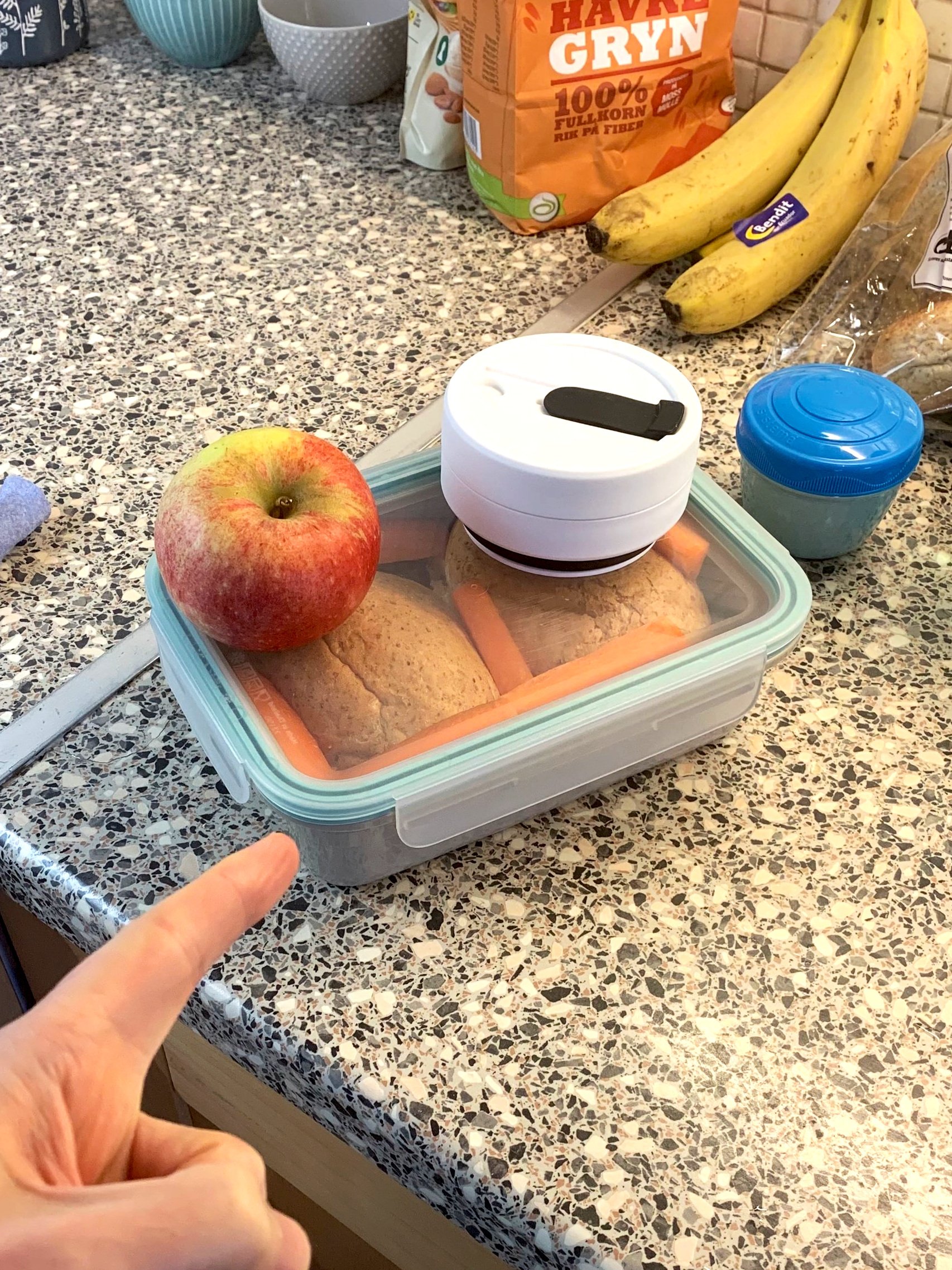Baby carbon footprints
I just got back from an incredible trip to Oslo, where I spent most of my time writing new material with Norwegian artist Maria Petra, and I decided try out a tiny wee experiment on myself.
It’s a pretty normal part of an artist/songwriter’s life to be traveling, whether it’s for touring, writing/recording, promotion, etc, and when I lived in the USA I became so accustomed to hopping on flights between LA and other major US cities. Honestly, it’s just considered a part of the lifestyle, something I didn’t really question because it’s just how things were done.
Not long after arriving in Norway I started working with Kasper Larsen, a writer/producer who I became fast friends with, and one day before a session we started talking about sustainability, and ‘true’ cost (more “expensive” travel costs that actually factor in environmental costs). He told me that he’d been looking at ways to avoid air travel, take more trains, and be more comfortable with remote sessions if it means not taking methods of transportation that dump huge amounts of CO2 into the atmosphere.
So, like I said, I decided to try something out for my Oslo trip - and that was doing my best to cut down on my footprint. Which seemed easier than it actually was, but I decided to give it a shot and let you know how it went. There are things that went well, and things that definitely caught me by surprise, and at the end of the day it highlighted just how much of this comes down to building healthy habits not only in my personal life, but in how I treat my global community.
So I started here.
I took Bergensbanen which is not only a glorious 7 hour ride through some of the most beautiful scenery I’ve ever seen, but which saved me 90 kilos of CO2 vs the plane.
I also brought my reusable Stojo cup with me, which I used 6 times, which saved almost half a kilo on CO2 versus disposable cups.
And I also decided to bring a lunch box with me to encourage me to prepare food at snacks where I was staying, which not only kept me conscious of what I was eating, but saved on single-use plastic. There was one day where I really missed biscuits (because Scottish), and I know that set me back a bit - but hey, wee victories.
The most interesting thing is that on my train back to Bergen, I realised I’d forgotten to fill up my water bottle (which on the journey to Oslo had saved me quite a bit), so I made the assumption that I’d be able to fill it up on the train. Which turned out to be a terrible assumption. So the return journey wasn’t as awesome as I’d hoped, and definitely got me thinking about how we need to work on making that kind of service available as widely as possible.
All in all, not only was it a great writing trip, but I learned a lot about sustainable travel. Versus the plane (which, including time to get to the airport, waiting, etc), the train only added an extra couple of hours and got me from the middle of one town to the other (airports are always outside the city centre). Preparing food where I was staying didn’t take that long, and actually made me more conscious of my food choices, although there were definitely days when I just wanted to be able to rest a bit more or not have to think about it.
In the end,
I guess so much of it comes down to how easy these things are made for us. I remember growing up when cheap and easy flights came out in Europe, and suddenly you could go to Spain for £5 return. The cost for that kind of travel is insane, and even though it’s a bit more expensive now, it never factors in the true cost to the world around us - and ultimately, to each other. So what we ultimately need are easier systems in place to make it more convenient and less expensive for us to take care of each other - because looking after other people, and our world, shouldn’t have to cost much at all.



